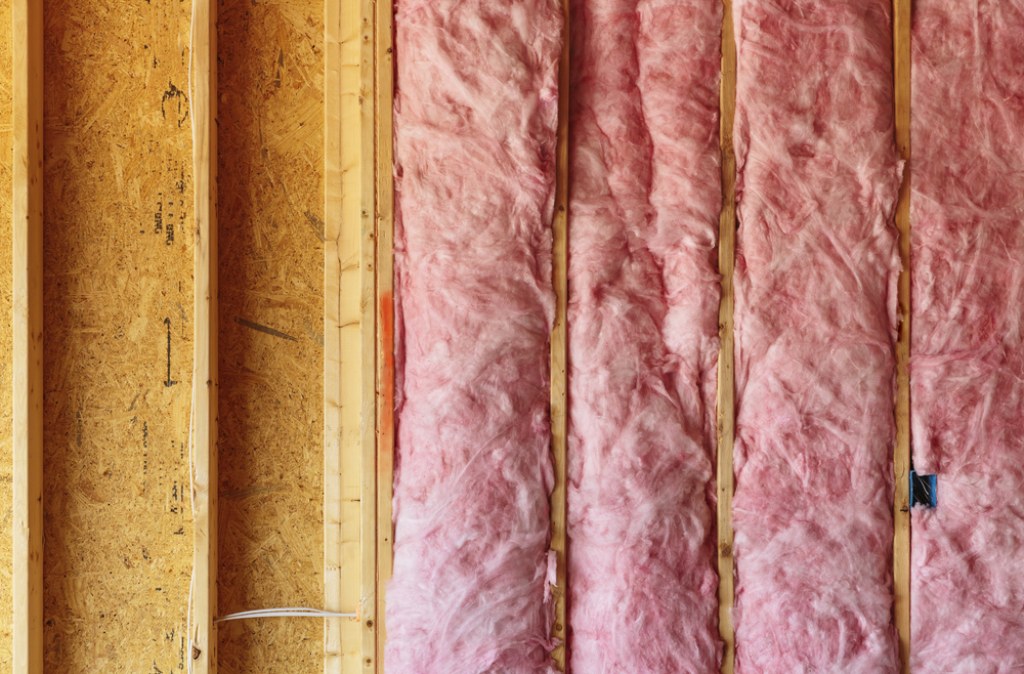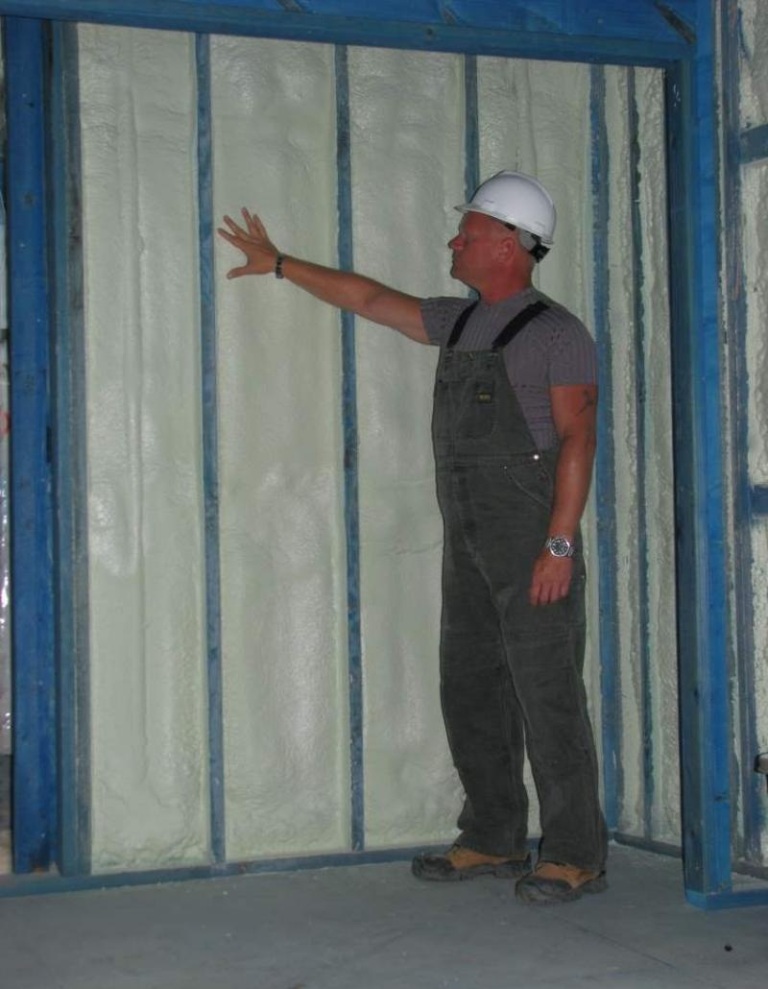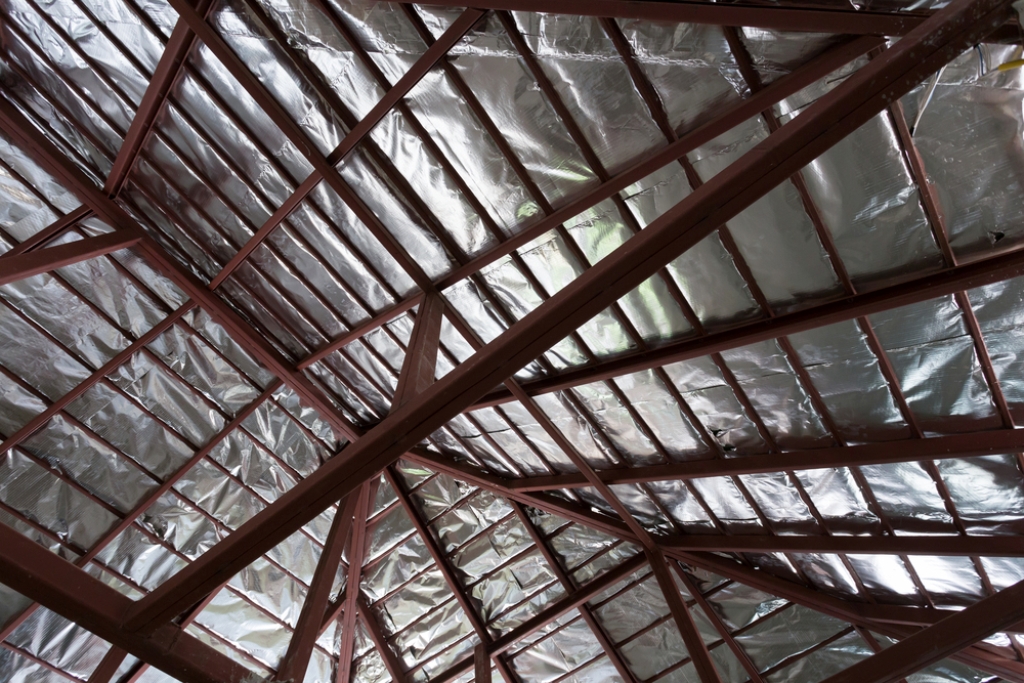Making sure your home is properly insulated is incredibly important. You want your home to be a humming machine is both comfortable to live in while not costing you a lot of money. Not using the right type of insulation, choosing the wrong company to install your insulation, can lead to a lot of pricy headaches down the road.
There are many different types of insulation to choose from, each with their own price, pros, and cons. You want to choose the right insulation for your home and for your needs. Hiring a professional like Insulation4US.com to install new installation will do more than save you money, as it can also seal air leaks and reveal greater dangers to your home and attic, such as the presence of mold.
Doing the insulation project yourself will require you to know a lot about your home. Do you have all the manufacturer’s instructions as well as know all of your safety precautions and fire codes? Most manufacturers will require the use of a professional to install their material, as it can be a long and dangerous project if you don’t know what you’re doing.
Other areas to be careful of her spots that are difficult to get to. Maybe even areas that require insulation that can handle extreme temperatures. Proper HVAC contractors can make the right type of insulation and install it properly, making sure there is no area of your own it goes without the right type of insulation.
Here Are The Several Types Of Insulation Used:
1) Batt and Roll
Batt and roll is a blanket insulation that is used in most situations. As the most widely requested and used type of insulation in the market today. It’s called batt and roll because it comes in rolls and is unrolled in the attic, and the floor, or longer walls, cut to fit the spaces in your home perfectly. The materials often used to make batt and roll is mostly fiberglass with other flexible materials added in, like plastic and animal wool.
2) Insulation for Concrete Blocks
Concrete blocks are sometimes the go-to choice as a foundation for a new home. If your house is made with concrete blocks, there are a few ways to insulate them to help keep your home feeling comfortable. Sometimes the cores in these blocks are filled with concrete and/or steel to help provide some stability and strength.
Blocks that are filled can be filled with insulation, but studies have shown that this type of filling does little to actually helped fuel savings. That’s because heat is easily conducted through the concrete itself and doesn’t need to be blocked by insulation, providing little benefit. The more efficient way to do it is to simply put insulation over the inside or outside of the blocks.
3) Foam Board
Another popular method of insulating a home is by using foam boards. Foam boards are just rigid panels of insulation that can be cut to fit any section of the home. They’re especially great exterior wall sheathing and provide amazing thermal resistance two times better than most of the other types of insulation. They can even help to stop heat from conducting through concrete, wood, or other structural elements.
4) Loose-Fill and Blown
If you have a spot that’s extremely difficult to reach, the loose-fill insulation might be the solution for you. It’s just small pieces of foam in fiber materials that are blown into various spaces. They can fill and conform to literally any space you have, making this the preferred way to insulate a home, especially if its location makes other types of insulation difficult to use.
Materials used in loose-fill are often made using recycled waste materials, such as cellulose, minerals, fiberglass, and animal wool. Fiberglass is mostly up to 60% recycled glass and cellulose is recycled newspapers. Together these materials are blown into the individual spaces to provide insulation for your home.
5) Radiant Barriers
If you live somewhere with a lot of heat, then maybe you should consider radiant barriers. Most other types of insulation are designed to resist heat flow. Radiant barriers actually reflect heat away from the home as a way of reducing summer-time heat that accumulates throughout the day. They’re mostly used in the attic where most of the heat gathers and pushes it away from the home. This allows for cooler summer temps inside.
These reflective barriers are mostly made with aluminum. When the sun is high in the sky at the heat of the day, heat gets trapped in your attic and absorbed via conduction into the roofing materials and later through the rest of the house. A radiant barrier actually reflects the heat away, allowing for cooler attics and cheaper electric bills.





















